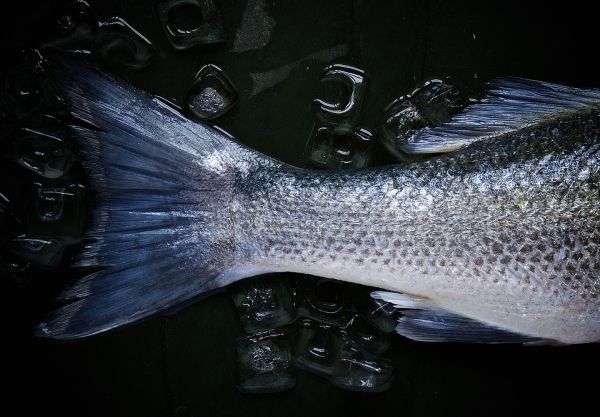An unprecedented review of the aquatic foods sector has uncovered how fisheries and aquaculture can play a greater role in delivering healthy diets and more sustainable, equitable and resilient food systems around the world.
Five peer-reviewed papers in the journal Nature highlight the opportunities to leverage the vast diversity of aquatic, or “blue," foods in the coming decades to address malnutrition, lower the environmental footprint of the food system, and provide livelihoods.
“People are trying to make more informed choices about the food they eat, in particular the environmental footprint of their food,” said Ben Halpern(link is external) a marine ecologist at UC Santa Barbara’s Bren School of Environmental Science & Management, who with colleagues examined the environmental sustainability of aquatic foods(link is external), the potential for the growth of small-scale producers(link is external) and the climate risks that face aquatic food systems(link is external). “For the first time we pulled together data from hundreds of studies on a wide range of seafood species to help answer that question. Blue foods stack up really well overall and provide a great option for sustainable food.”
Read more at University of California - Santa Barbara
Photo Credit: Free-Photos via Pixabay


